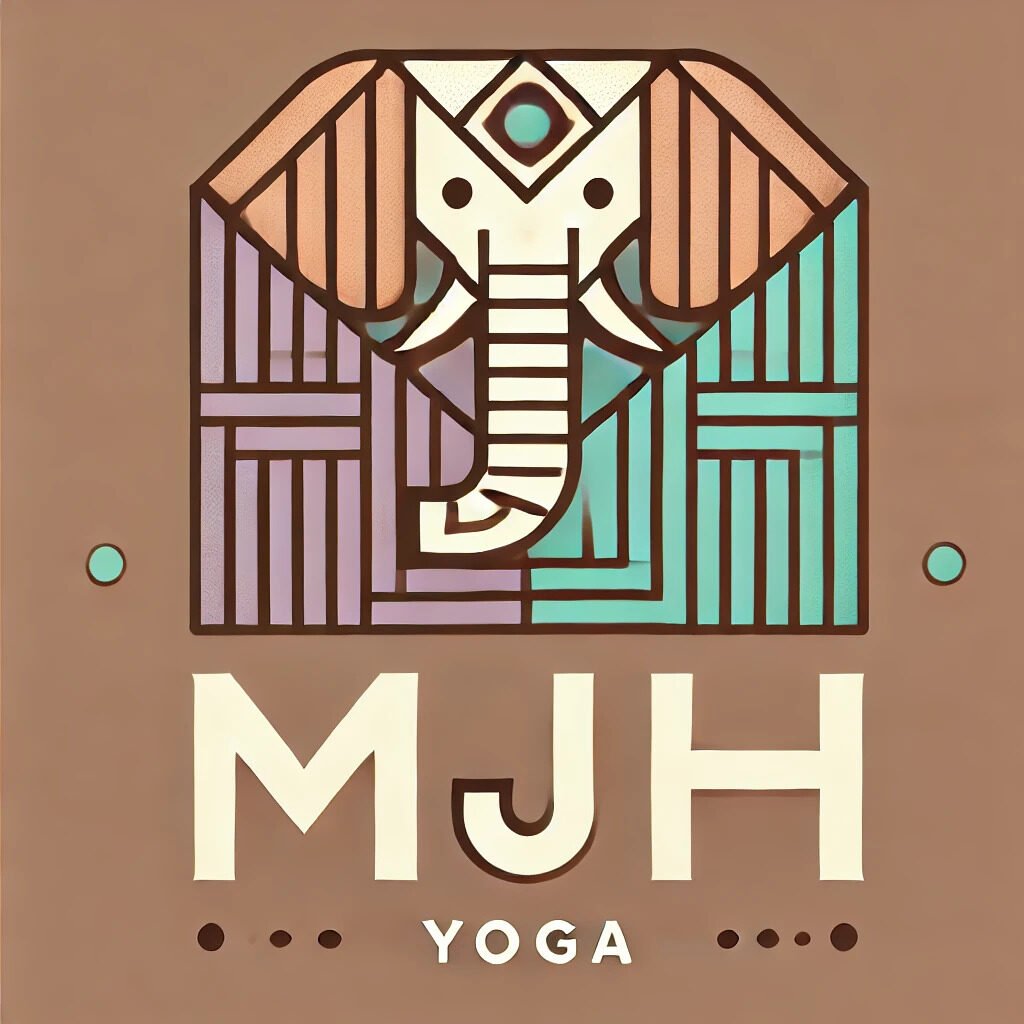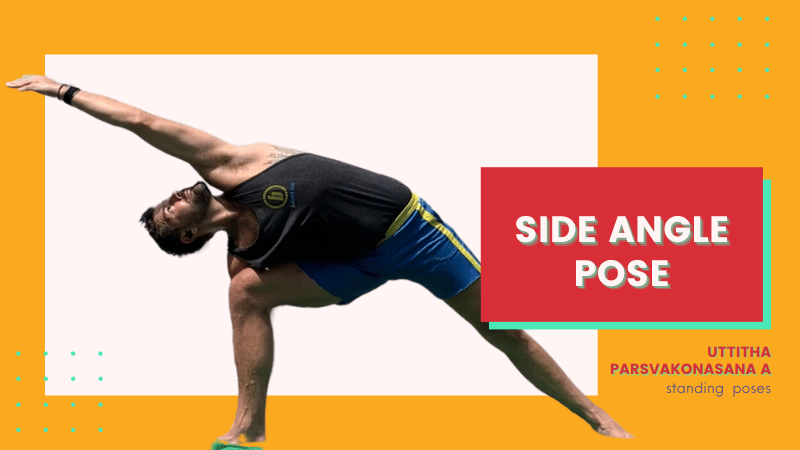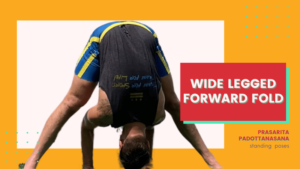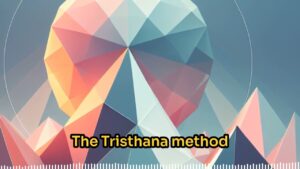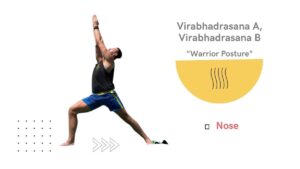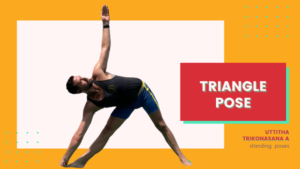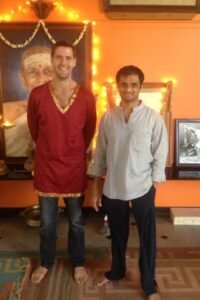Understanding the Count in Uttitha Parsvakonasana A & B
Go to ashtanga tech for deep insights take the standing asana of Ashtanga course.
For practitioners of Ashtanga yoga, understanding the count in poses is crucial. It helps you maintain rhythm and focus during your practice. Today, we’ll specifically look at Uttitha Parsvakonasana A and B, also known as Extended Side Angle Pose A and B.
Uttitha Parsvakonasana A: The Count
1. EKAM: Inhale, open to the right, arms out.
2. DVE: Exhale, bring the right hand down, left arm reaches overhead.
3. TRINI: Inhale, rise back up.
4. CATVARI: Exhale, left hand down, right arm over.
5. PANCA: Inhale, come back up.
In this sequence, you’re transitioning between movements while connecting to your breath. Each inhale and exhale prepares your body for the next movement. This helps in creating a fluid experience.
Uttitha Parsvakonasana B: The Count
1. EKAM: Inhale, Step out on the right, arms spread. Feet Turn Parallel.
2. DVE: Exhale, twist to the left, hand down.
3. TRINI:Inhale, come up.
4. CATVARI: Exhale, twist to the right, hand down.
5. PANCHA: Inhale, rise up.
(No count): Exhale, return to Samasthiti (Standing Pose).
In Uttitha Parsvakonasana B, the focus shifts to twisting the torso while maintaining balance. The counts serve as a guide to deepen your awareness of how your body moves in space.
Anatomy of the Poses
Utthita Parsvakonasana (Extended Lateral Angle Pose)
This pose is a natural evolution from Warrior II. Visualize throwing a spear. In Warrior II, the trunk is more erect. When moving to Uttitha Parsvakonasana, the torso bends laterally. The stretch you feel helps open the side body.
- Basic Joint Positions:
- Back foot turns inward 30 degrees.
- Front foot turns out 90 degrees.
- Lower-side shoulder extends; the back leg engages.
Using ujjayi breathing helps to elongate the spine. The breath acts as a bridge between movement and intention.
Parivrtta Parsvakonasana (Revolving Lateral Angle Pose)
Parivrtta Parsvakonasana combines both a twist and a lunge. Here, the key actions are the upper body turning one way while the lower body moves in the opposite direction. This connection maintains stability as you spiral through the pose.
- Basic Joint Positions:
- Back foot rotates 90 degrees.
- Front knee bends at 90 degrees.
By activating various muscle groups, you enhance the posture while ensuring that each part of your body works harmoniously together.
Conclusion
Understanding the count in Uttitha Parsvakonasana A & B offers a structured way to engage your mind and body. It allows you to practice with intention and awareness. By integrating breath with the transitions, you create a powerful flow in your practice.
For a more in-depth look at the Ashtanga counts and techniques, visit Ashtanga Tech.
Connecting the counts with your body’s movements not only improves your practice but also deepens your understanding of each pose’s essence. Keep practicing, listen to your breath, and enjoy the journey.
